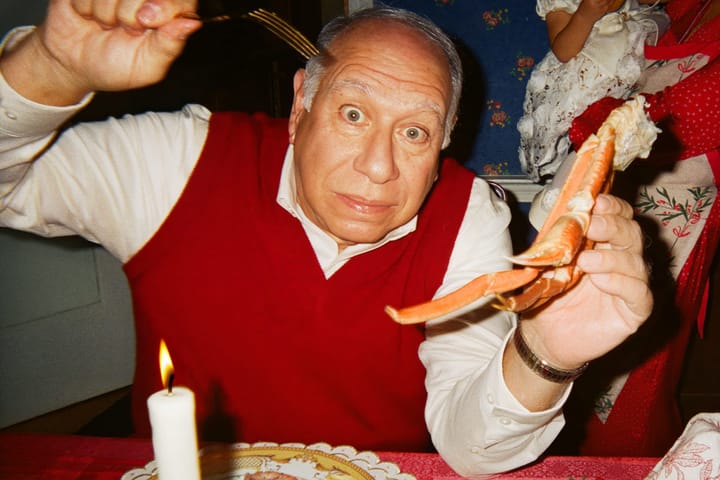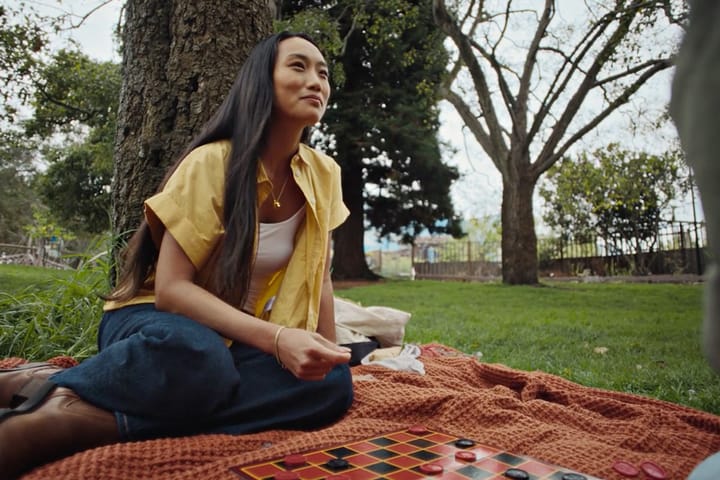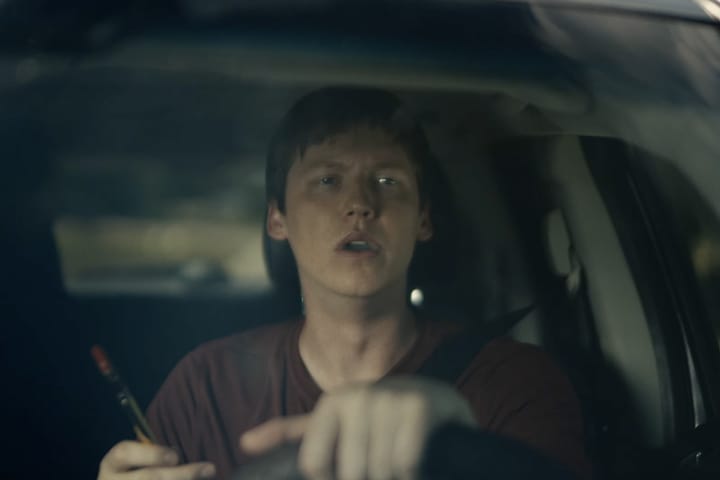Why S&D's David Gray Gave Treatments the 'Treatment'
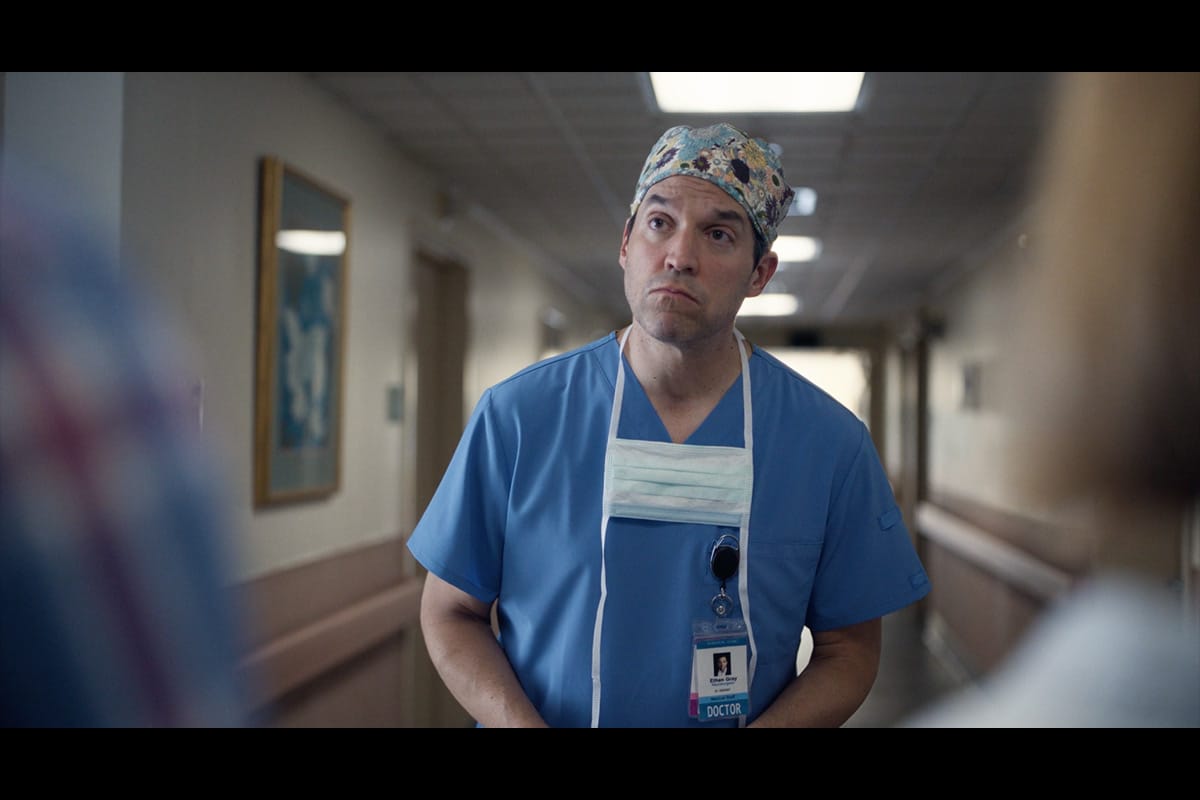
By Chandler Atton & Anthony Vagnoni
Ah, the directors treatment. Profusely illustrated, as they used to say about encyclopedias, and chock-a-block with insight, inspiration and detail, they’re either instrumental in landing a job, according to some directors and EPs, or acknowledged and then set aside, like that goofy gift you got at the office Secret Santa cluster.
Another way to look at it would be to say, ‘well, it’s ain’t brain surgery.’ Or is it?
Leave it to as sharp a sense of humor as director David Gray to take the directors treatment process and comically dissect it, which he’s done in his new short film, “Surgical Treatment,” produced by his production company home, Supply&Demand.
A veteran director of spots for such brands as Jeep, Southwest Airlines, VW and Verizon, David got his start in the industry as an agency creative, working on some truly legendary comedy campaigns for brands like Snickers, among many others. He sees humor as the perfect way to open a conversation: “Comedy is a great way to engage and relate with people,” he said. “I can’t think of a better way to connect with people than telling them a story that makes them laugh, or leaves them smiling. We could use a little more of that these days.”
The Howler asked him what motivated him to train his sense of humor on the treatment process. Here’s what he had to say.
What prompted you to make this short? Was it a basic sense of frustration over the way directors’ treatments get treated?
David: It’s funny, everybody outside of our industry is always so curious about our business and what’s happening in it. I was at a dinner party speaking with a neurosurgeon, and he was asking me what was the latest thing I was working on. So I explained I was working on a treatment for a project that I was pitching, and went through the whole process with him. He couldn’t believe the amount of time and energy that goes into a project, and how different it is from his world. And that’s where I had the idea – what if he had to go through something similar during the whole brain surgery process?
The idea didn’t come out of frustration, but rather more about highlighting the unique process of what we all go through in our business, regardless of which side of the desk you sit on. This film is really just a menagerie of the different things that have come up and been asked for over my years of experience creating treatments. Yes, even things I’ve asked for as a creative director in the past. I’m pretty sure everyone can relate on some level.
Did you have to dial back the sarcasm here, or were you encouraged to go full bore with skewering the treatment process?
David: I wouldn’t really considering this a skewering of the treatment process, but rather a light prodding. It’s simply a satirical observation on this part of our business, meant to be a fun and lighthearted look at one aspect of it that we’ve all had to go through. I find the best ideas come out of truths or observations that are pushed or exaggerated slightly. That’s basically what this film is about. Less of a skewering and more of an entertaining probing.
The doctor’s dialogue when briefing the parents is pretty convincing; did you have a medical consultant review the script beforehand?
David: I have a couple of friends that are doctors, including the neurosurgeon that I mentioned. I definitely reached out to them as resources as I was scripting this. I sent them various drafts for input with dialogue, process, medications, wardrobe and so on. I wanted this to be as authentic as possible. The more authentic, the funnier it becomes when it makes the turn.

When was this shot and where? What were the biggest challenges to being able to pull this off from a logistical standpoint?
David: I shot this last September just outside of NYC in Bronxville at an assisted living center called the Wartburg Institute. It’s basically a college campus for older folks with a number of buildings and facilities.
The biggest challenge was getting all of the amazing cast and crew together and scheduling a date and time that worked for everyone. I started writing the script back in March and by the time we were able to cast, line up crew and get the equipment, it was September. When you’re asking for a lot of favors you have to be a little flexible. I was Gumby.
Any worries about offending anyone with your portrayal of how agencies and clients deal with the treatment process? What’s been the response to this when you’ve shown it to your production company peers? How about your agency chums?
David: This film isn’t pointed at one group of people or sector in the business in any way. As a former creative and creative director, most of us in this business are pretty familiar with what we all have to go through to get a project rolling. I see it as more of an appreciation or an ode to what we all have to deal with. Whether you’re a director, producer, creative, account person or client, it’s an experience we can all empathize with on some level.
So far, the response has been amazing. All of the production and agency friends that I’ve shown have really loved it. I think that’s because it’s relatable, while also showing how crazy our business can be at times.
There’s been a long history of parody shorts lampooning various aspects of the directorial selection process. Why is this so ripe for ridicule? Not to open a Pandora’s Box, but what would you change about the process if you could?
David: It goes back in part to what I had just mentioned. No matter who or where you are in the advertising supply chain, we all know the bumps and bruises, and hoops we have to go through to get a project finished and on air. It’s a crazy business, but it’s a fun business. And a business that doesn’t need to take itself too seriously all the time.
If I had to change one thing about the process, to paraphrase the Chik-fil-A cows, I’d do less treatments. Or at least, keep them more simple.
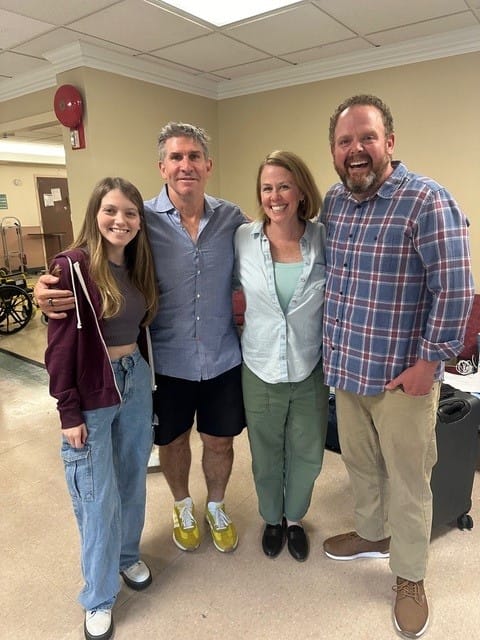
Credits:
Written and Directed by David Gray
Supply&Demand Executive Producers: Tim Case, Charleen Manca
Staff Producer: Connor Renusch
Line Producer: Josh Rothfeld
Excuse My French Executive Producer: Constance Guillou
Cast: Ryan Woodle, Molly Lloyd, Aaron Serotsky, Ashley Marie MacDonald
Director of Photography: Don Davis
Production Design: Kai Lee
Editor: Bruce Ashkinos
Casting: Stacy Gallo Casting
Casting Associate: Julia Kelly
Casting Assistant: Ashley MacDonald
Production Manager: Connor Vassar
First Assistant Director: Jon Mintz
First Assistant Camera: Rodrigo Millan
Second Assistant Camera: Raleigh Capozzalo
Key Grip: Aaron Dawley
Gaffer: Martin Nowlan
Props: Jorge Arango
Wardrobe: Jill Arnold Pallad
Wardrobe Assistant: Skye Cunningham
Hair & Makeup: Andrea Cambridge
Sound: Brion Snyder
Locations: Mitch Ganem
Production Assistants: Elijah Rodriguez, Harry Hoffman, Victor Pena, Leandro Rodriguez, Elia Gagliardi, Matthew Little
Color: Royal Muster, LA
Colorist: Gregory Reese
Sound Design: Wave Studios, NY
Music: Pull Music & Sound, NY
Scott Brittingham
Mitch Davis
End Credits: “Bloom” by Summer Project on Apple Music and Spotify
Titles: Office of Development & Design
ECD Gary Breslin
EP Matthew Turke
Special Thanks:
Dr. Edward H. Scheid, JR. MD FAAS
Dr. David Capaccio, DO
The Wartburg Institute
Supply&Demand
Excuse My French
Gravytrain Films inc

